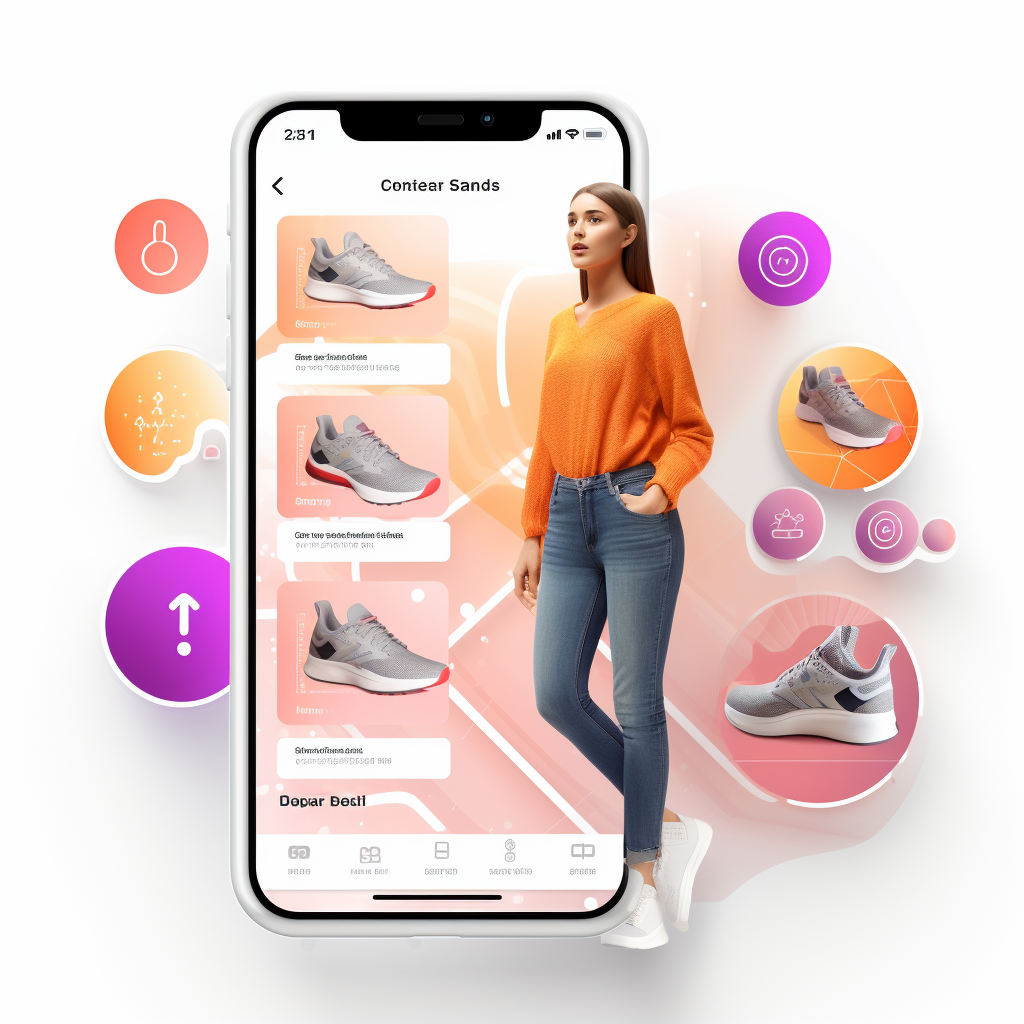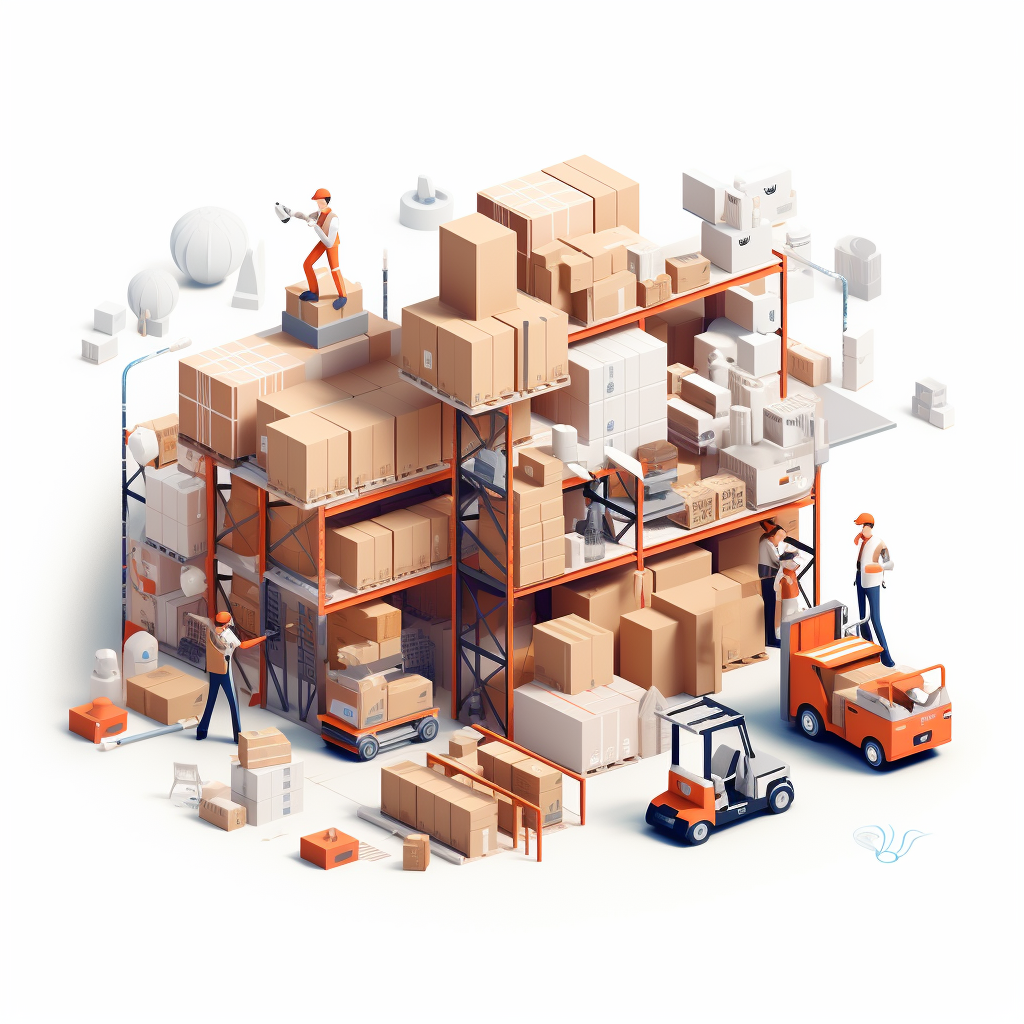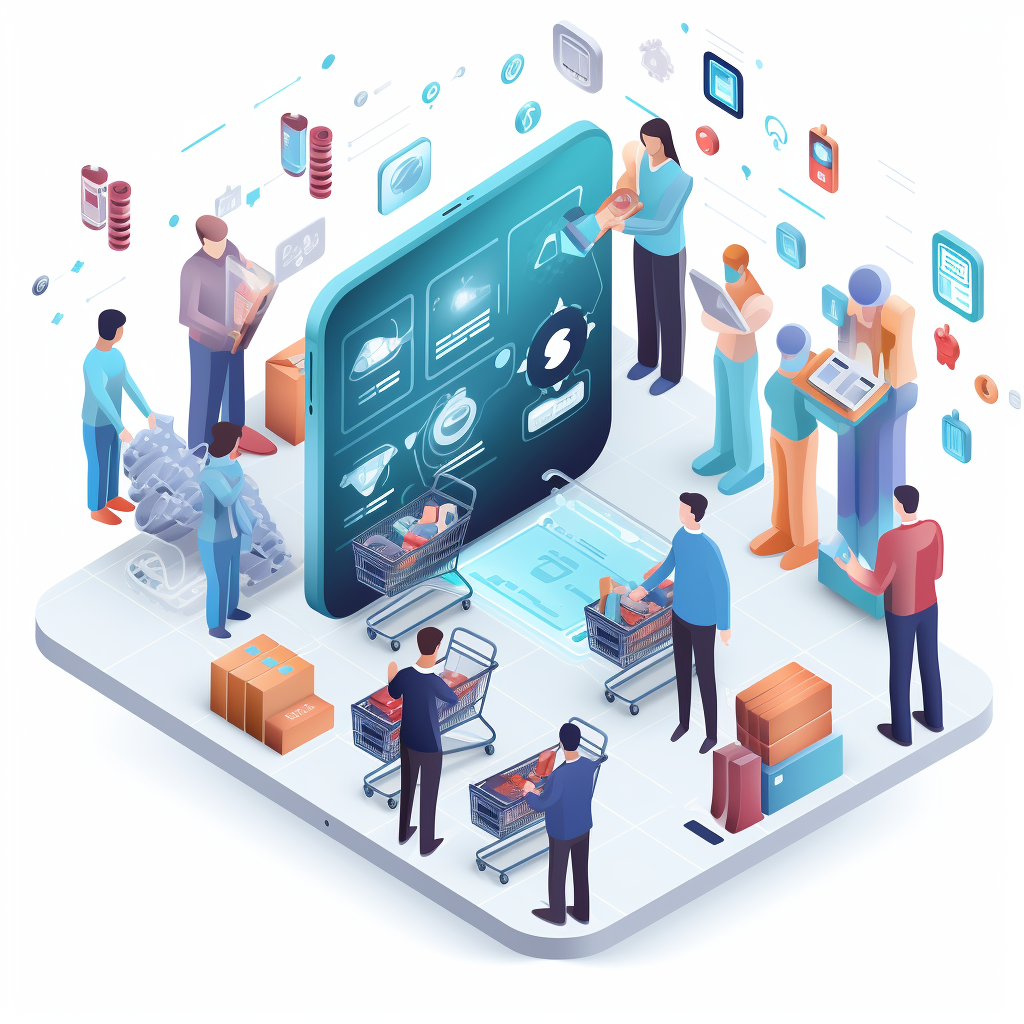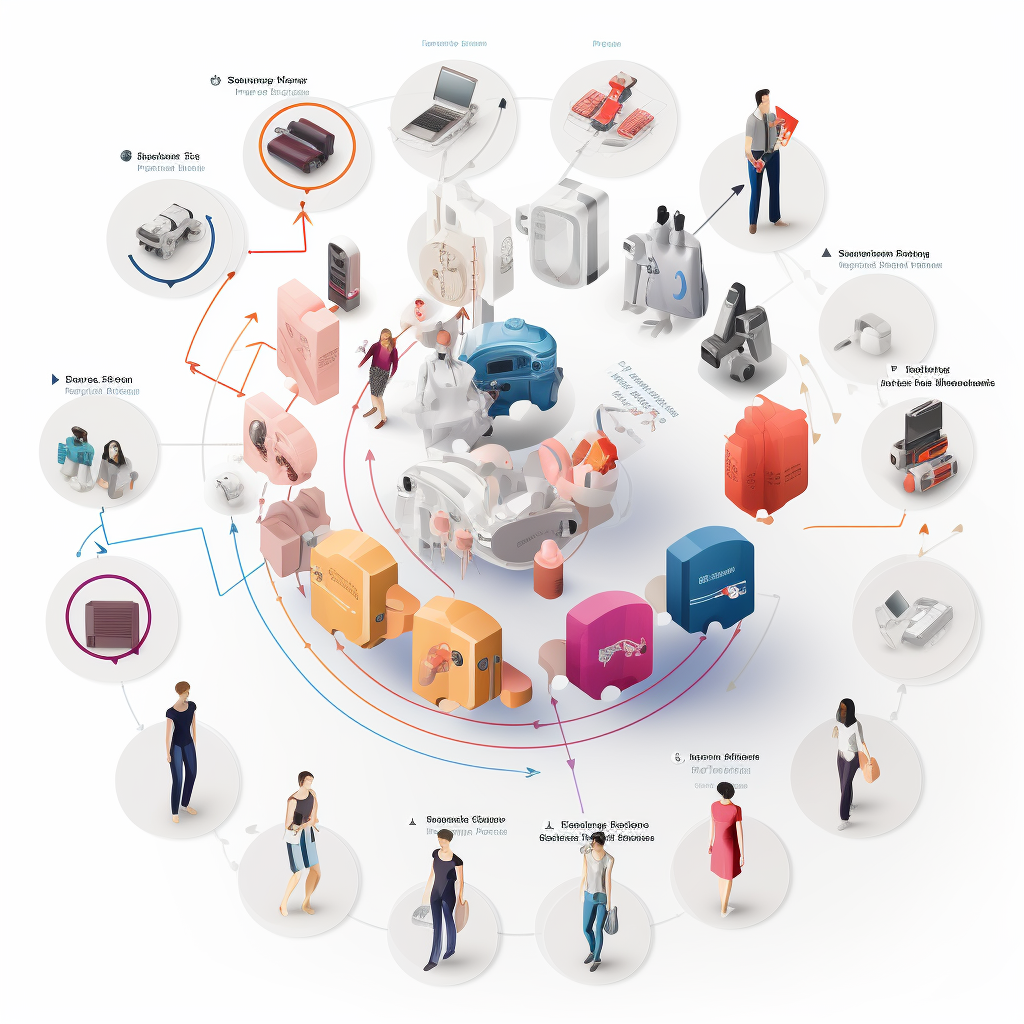1
AI Product Categorization
Transform your inventory management with our cutting-edge AI categorization system.
Our API delivers multi-tiered product categorizations up to 6 levels deep, ensuring
precise organization and enhanced discoverability.
Example: A 'Sound Synthesizer' becomes:
Arts & Entertainment → Hobbies & Creative Arts → Musical Instruments →
Electronic Musical Instruments → Sound Synthesizers
Key Benefits:
- Enhanced navigation allowing customers to find products quickly and effortlessly
- Improved SEO visibility driving more organic traffic to your store
- Better customer insights enabling tailored offerings
- Personalized recommendations increasing purchase likelihood
- Simplified comparative shopping with side-by-side product comparisons
- Targeted marketing campaigns with higher conversion rates
2
Intelligent User Personas
Go beyond basic demographics with our sophisticated buyer persona identification system.
We've developed a comprehensive taxonomy of 1,820 unique buyer personas,
from 'Eco-conscious Young Adults' to 'Tech-savvy Seniors'.
Understanding your audience at this granular level enables laser-focused marketing,
dramatically improving user engagement and conversion rates.
Explore our complete buyer personas taxonomy →
3
Personalized Product Descriptions
Our AI doesn't just categorize – it personalizes. Feed our API your standard product
description, and receive 10 unique versions, each crafted to resonate with specific
buyer personas.
Tech-Savvy Millennial sees:
Smart features, Wi-Fi connectivity, app controls, smart home integration,
and customizable settings for the perfect brew.
Coffee Connoisseur sees:
Professional grinding, precision pressure settings, pour-over replication,
and nuanced flavor extraction capabilities.
4
Seamless Integration & Dynamic Profiling
Implementation is effortless. Every product gets 10 persona-specific descriptions.
As customers interact with your site, their profile dynamically updates based on
browsing patterns, purchases, and preferences.
Real-time code displays the most relevant description based on each visitor's
dominant persona, creating a truly personalized shopping experience.
5
AI-Powered Recommendations
The synergy of product categorization, intelligent tagging, and user personas
enables next-level personalized recommendations. Show users exactly what they
want based on their complete behavioral profile.
- Recommendations based on viewed products, categories, and tags
- Persona-aligned product suggestions
- Increased average order value
- Enhanced customer satisfaction and loyalty
Need implementation support? Our team can help you integrate
these powerful features into your existing e-commerce platform.
Contact us for technical guidance and best practices.
See the Impact
Real examples of our AI categorization and personalization in action
The Bottom Line
By leveraging our AI-powered product categorization, intelligent tagging, and
personalized descriptions, you transform your online store into a dynamic marketplace
that adapts to each visitor's unique needs. The result? Increased engagement,
higher conversion rates, and substantial sales growth.
In today's competitive e-commerce landscape, personalization isn't optional –
it's essential. Our AI suite ensures you're not just meeting expectations,
but exceeding them at every touchpoint.
Ready to Transform Your E-commerce?
Join leading retailers using AI to deliver exceptional shopping experiences
Get Started Today





